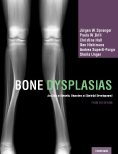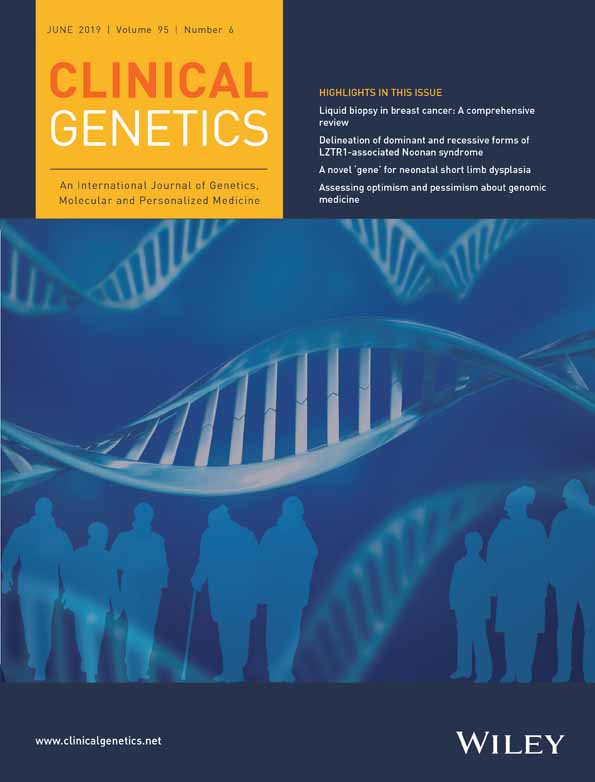Bone Dysplasias. An Atlas of Genetic Disorders of Skeletal Development (Fourth Edition)
Jürgen Spranger, Paula Brill, Christine Hall, Gen Nishimura, Andrea Superti-Furga, Sheila Unger
Oxford University Press, New York, NY, 2018. 901p. ISBN 978-0-19-062665-5.

“Bone Dysplasias. An Atlas of genetic Disorders of Skeletal Development,” Fourth Edition is the latest book of the well-known experts in this field: Drs. Spranger, Brill, Hall, Nishimura, Superti-Furga and Unger.
“Bone dysplasias” is an impressive book describing in a friendly way the huge range of genetic bone disorders. The concepts are well defined and the language is clear and convincing. The information is extremely updated with the inclusion of a large number of disorders very recently described and in accordance with the most recent International Nosology and Classification of Genetic Skeletal Disorders.
The table of contents immediately shows how the book is organized: In about 900 pages, the book is divided in 26 chapters and provides an in-depth description of each genetic bone disease following a clinical-radiological approach of all genetic bone diseases. It starts with a brief chapter on “Historical perspective” where the authors describe some nice issues of Short Stature, Dwarfs, Lilliputians and Superstitious beliefs and then a brief overview on classifications, nomenclature, nosology and the basic mechanisms of bone formation. There is also a nice review of the concepts of dysplasia, dysostosis and disruption which are indispensable to approach these entities.
The book details each disease with a balanced number of pictures (mainly X-rays and patients' pictures) and texts, following a logical order of items such as the major clinical findings, major radiographic features, mode of inheritance, molecular basis and pathogenesis, course and prognosis, major differential diagnosis and treatment. The legends of the figures are also very descriptive emphasizing the main captions of the images; the authors have performed a great job in selecting the more representative, good-quality figures for each disease.
This updated edition of “Bone Dysplasias” is clearly written and produced and should be available to any scientist. This is a book for readers of any background: from clinical and molecular geneticists to those with a basic training in bone disorders such as pediatricians and general practitioners.
I am convinced that this oeuvre is the cornerstone of the group of bone genetic disorders and with this new edition the authors added a further brick to the wall of the classic textbooks of Genetics.




